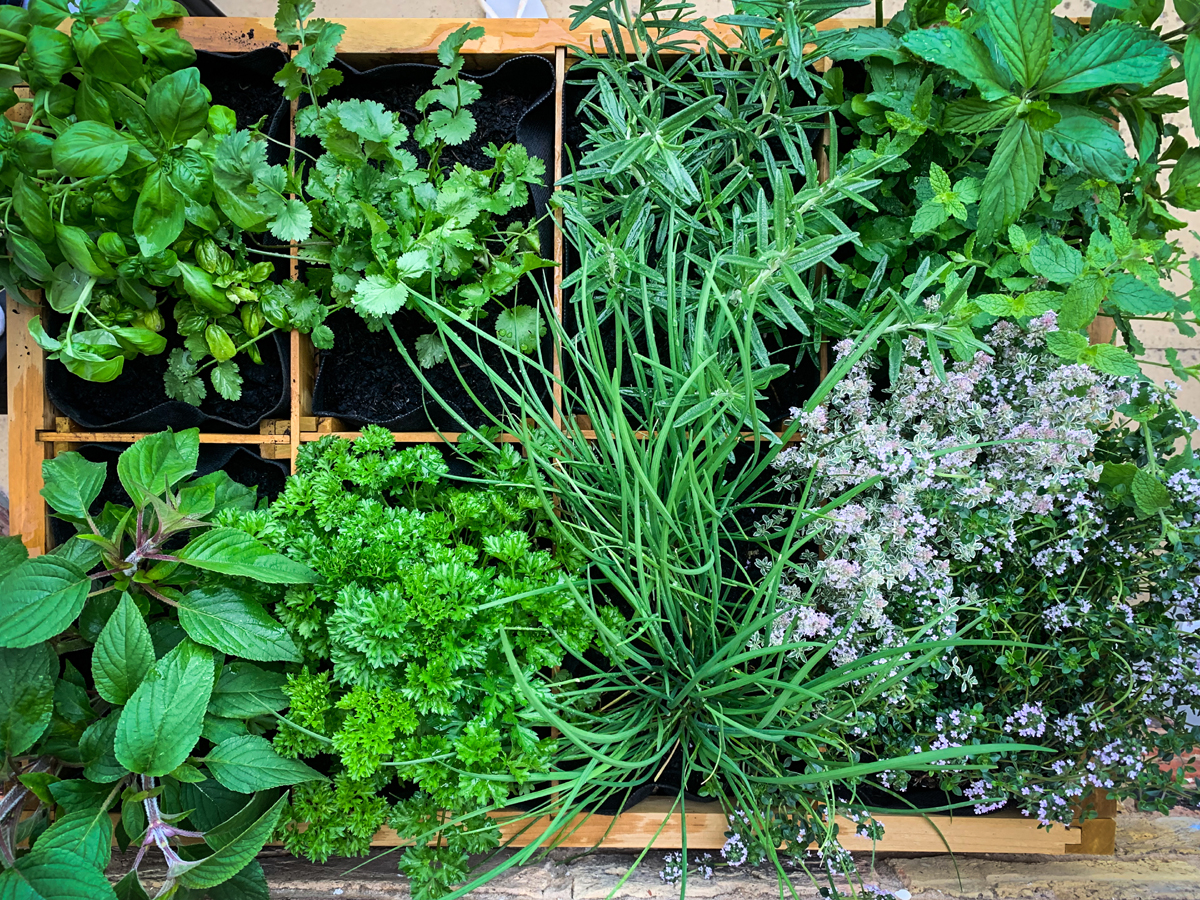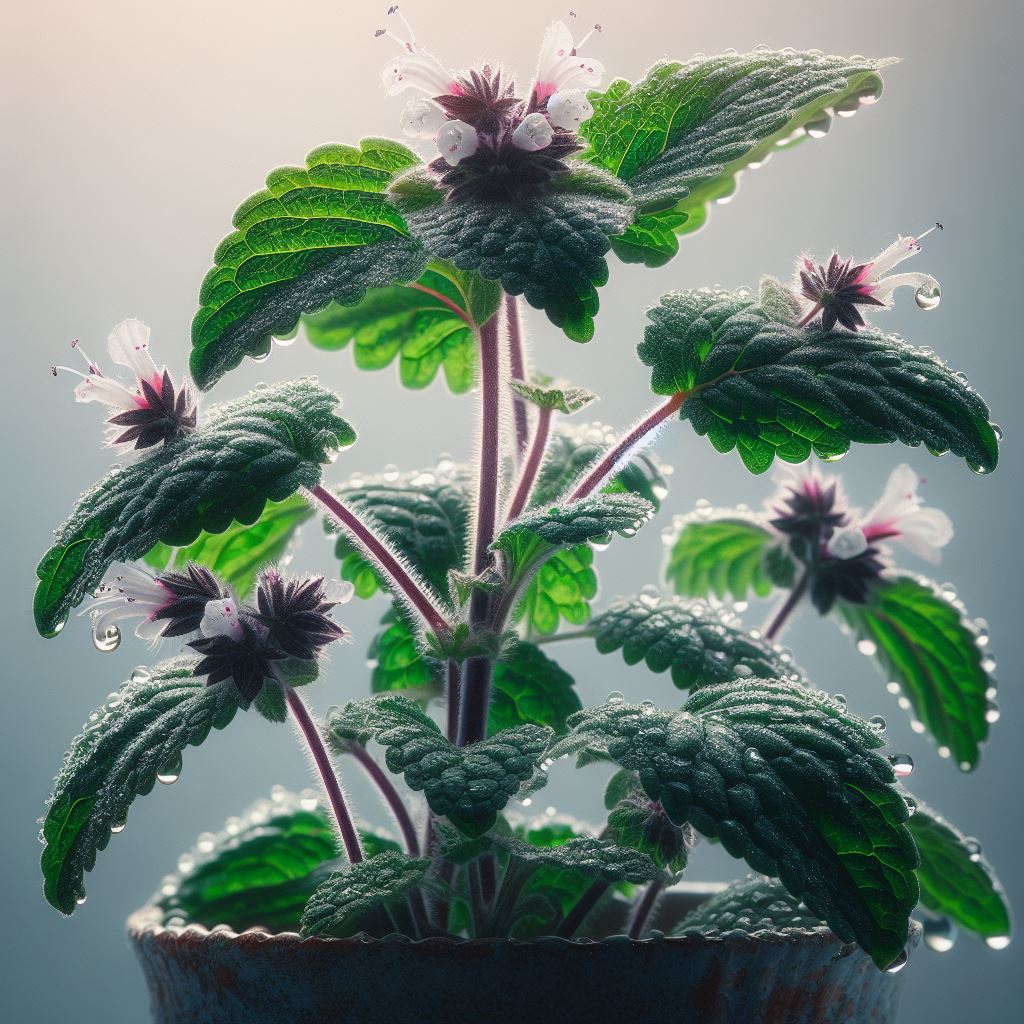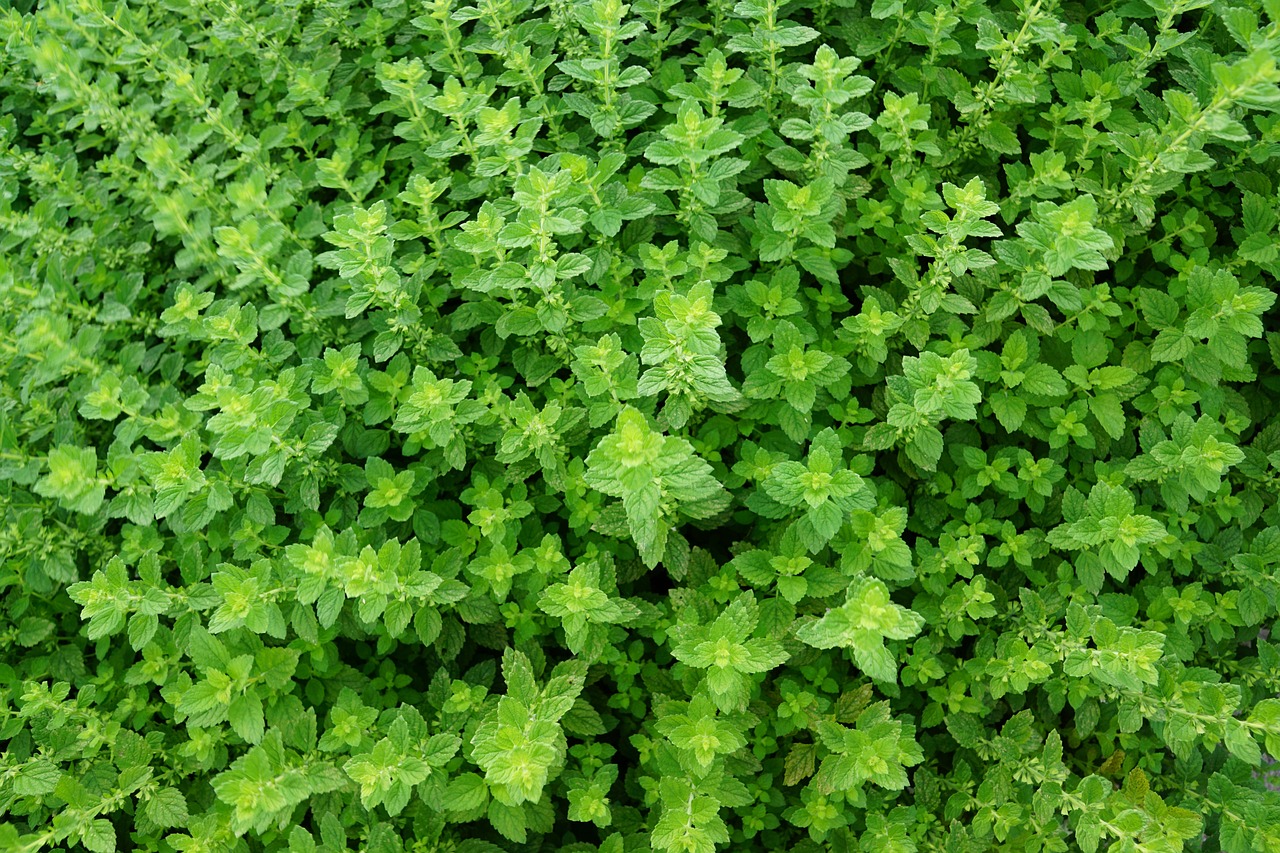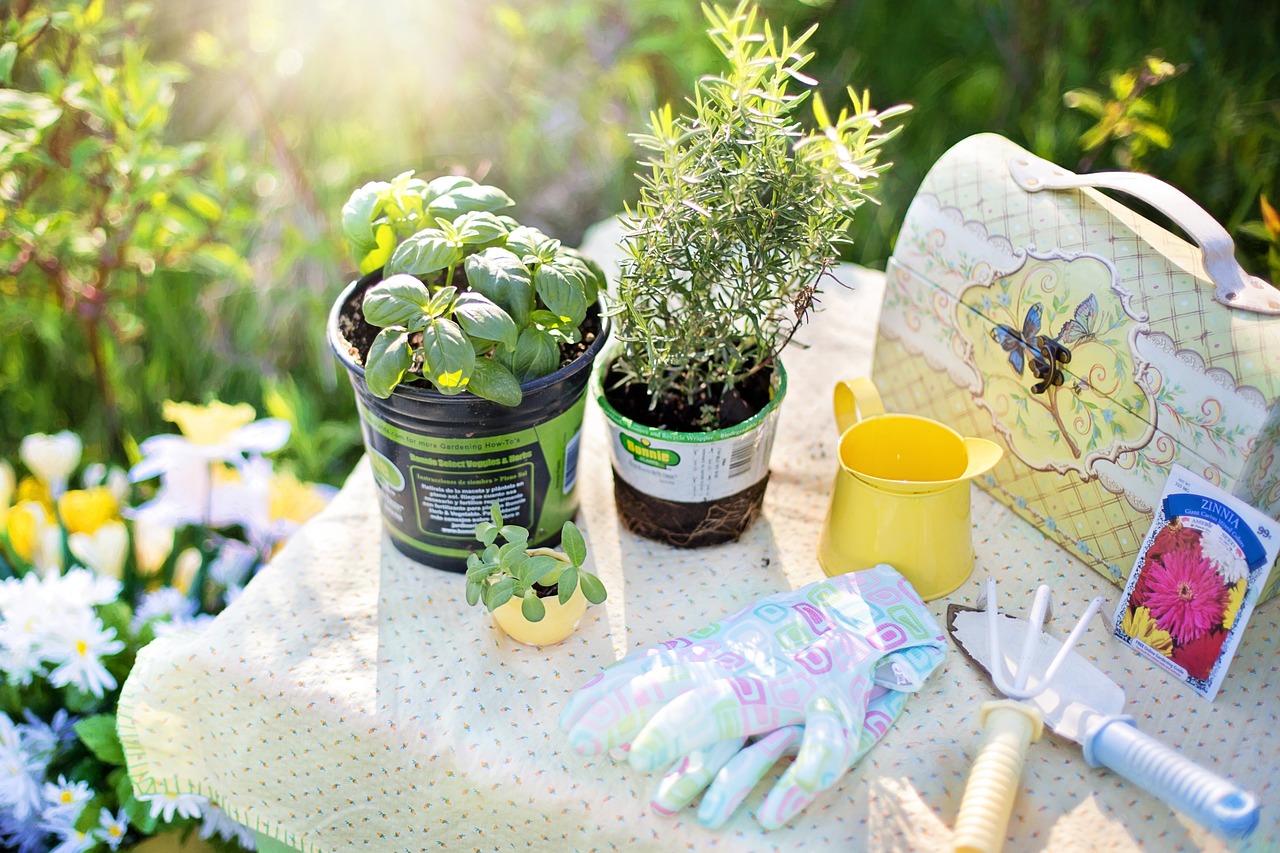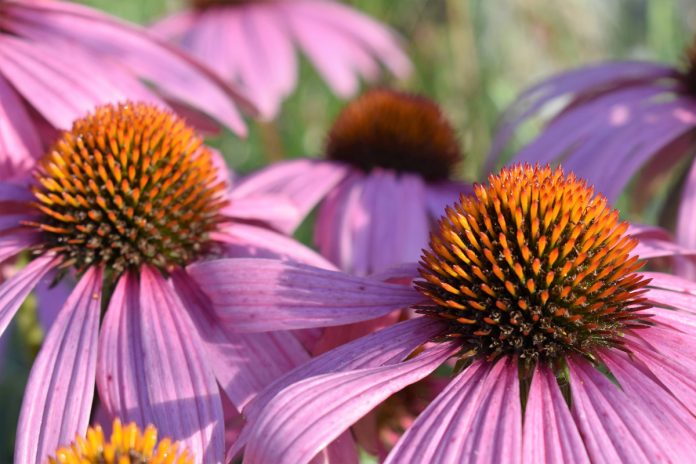Growing Echinacea: A Fascinating Journey into The World of Medicinal Herbs
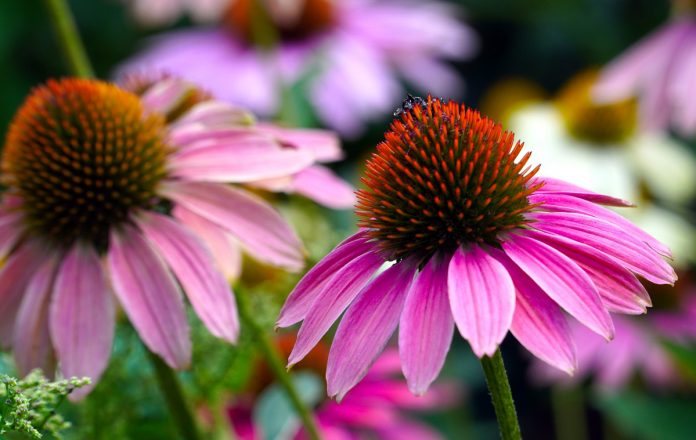
Echinacea, also known as coneflowers, are valued for their beautiful blooms and powerful medicinal properties. The plant has a long and fascinating history, dating back to ancient times when Native Americans used it to treat various illnesses. Today, echinacea is widely recognized for its ability to boost immunity, fight infection, and reduce inflammation.
Echinacea has a long history of use in Native American medicine and was introduced to Europe in the 17th century.
Types and Colors of Echinacea
Echinacea comes in several types, including Echinacea purpurea, Echinacea angustifolia, and Echinacea pallida. Each type offers unique benefits and features, such as different flower shapes and sizes, growth habits, and tolerances to environmental conditions. Echinacea purpurea is the most commonly grown species, with bright pink-purple flowers that bloom from late spring through summer. Echinacea angustifolia has narrow leaves and blooms early in the season with pale purple flowers. Echinacea pallida has drooping petals with pale pink-purple flowers.
Echinacea also comes in various colors, including pink, red, orange, yellow, and white. Many hybrids and cultivars have been developed over the years, offering a range of color combinations and flower forms. Some popular varieties include ‘Magnus’, which has deep pink-purple petals, ‘White Swan’, which has pure white flowers, and ‘Sunrise’, which has orange-yellow petals.
Echinacea is a genus of plants in the daisy family.
Growing Echinacea
Echinacea is a relatively easy plant to grow, and it thrives in full sun to partial shade, well-drained soil, and moderate moisture. The plant is drought-tolerant and can withstand hot summer temperatures and cold winter conditions. Echinacea also attracts pollinators such as butterflies and bees, making it a valuable addition to any garden.
To grow echinacea from seeds, sow them directly in the ground in early spring or late fall. Alternatively, you can start the seeds indoors six to eight weeks before the last frost date. Once the seedlings are established, transplant them to their final location in the garden, ensuring they are spaced apart by at least 12 inches.
Medicinal Uses of Echinacea
Echinacea has been used for centuries to treat various ailments, including colds, flu, infections, and inflammation. The herb contains several active compounds, including polysaccharides, alkamides, and flavonoids, which work together to boost immunity and fight off pathogens.
The most commonly used species for medicinal purposes are Echinacea purpurea, Echinacea angustifolia, and Echinacea pallida.
Studies have shown that echinacea can reduce the duration and severity of cold and flu symptoms, such as coughing, sore throat, and congestion. It may also help prevent infections and reduce inflammation associated with autoimmune disorders, such as rheumatoid arthritis.
In addition to its immune-boosting properties, echinacea has been used topically to treat skin conditions such as wounds, burns, and eczema. The herb’s anti-inflammatory and antimicrobial properties make it an effective natural remedy for promoting healing and preventing infection.
Growing echinacea is a rewarding experience that offers both aesthetic and health benefits. Whether you want to add a splash of color to your garden or boost your immune system naturally, echinacea is an excellent choice. With its fascinating history, diverse types and colors, and powerful medicinal properties, this herb is sure to captivate your interest and provide years of enjoyment.
The Author:
Pioneerthinking.com – Ingredients for a Simple Life.
Photo. Matthias Bockel


